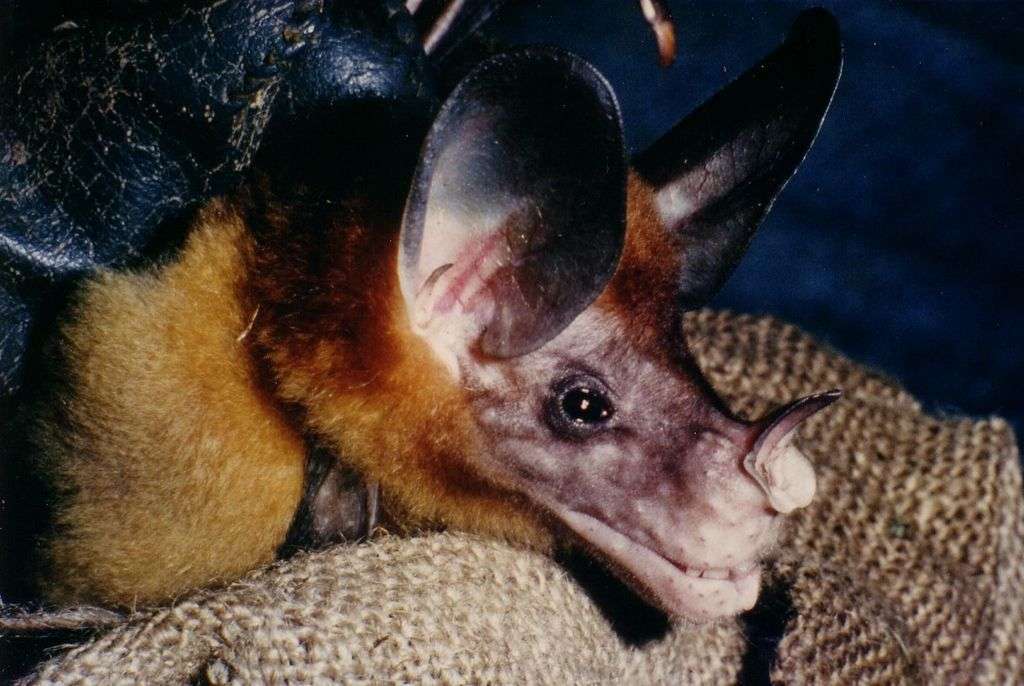
The Poisonous Granular Frog
AUTHOR: Josue Alberto Vargas Montoya (14 years of age)
The spectacular family of poisonous frogs (Dendrobatidae) surprises with its beautiful and colorful and lethal frogs. In Costa Rica, we have eight species of poisonous frogs. Those of the genus "Silverstoneia" and "Allobates" are not harmful.
The genus "Oophaga" is famous for its "pants," and the only two species of Oophaga of Costa Rica (O. Pumilio and O. Granulifera) are those that present pants.
The Granular Poisonous Frog (Oophaga Granulifera) is endemic to the Central Pacific and southern Costa Rica and part of Panama. It can be located near gorges in the woods.
In Costa Ballena, you can find the Red morpho with its green pants and his back "Granular," hence its name.
After Hacienda Barú towards the Central Pacific, its main red color changes to Orange for the Matapalo sector, yellow in Portalón, and finally an olive green in San Rafael, Quepos always with its green and sometimes light blue pants.
These frogs are in danger due to the loss of their habitat. It is also exploited by smugglers to sell them as Terrarium pets.
Its venom is neurotoxic and very dangerous. It is not recommended to manipulate animals in freedom, especially the beautiful multicolored frogs.
The dangerous thing would be for the poison to reach a wound, or you would suck it.
Indigenous peoples used the poison of these frogs for hunting, smearing the poison on their arrows. That is why some of them are called "arrowhead frogs or dart frogs" in general (phyllobates).
Granular poisonous frogs are well distributed in Costa Ballena. It is a great attraction for tourists and so of interest for tour guides. Costa Ballena is one of the main places to see the Red Morpho, one of the granular venomous frogs.
They are diurnal, and males are heard singing to attract females to reproduce. The female lays her eggs in leaf ponds in the forest. As the hours pass, the eggs become tadpoles waiting for their father to place them in a bromeliad where they will be safe.
The mother feeds them with infertile eggs until they grow and can find food on their own.

Happy Tourists
~ by Susie AtkinsonIn Costa Ballena, we are at the height of the tourism season from Christmas to Easter. For people wanting to escape the snow and freezing cold, where is best place to go? The tropics! Whale […]
Vultures
In Costa Rica, we can find four different kinds of vultures. The famous Black vulture, the Turkey vulture, the King vulture and the Yellow-lesser vulture.

Surf Board Shapers
Surf Board Shapers ~ by Trevor Brown Thousands of people coming from all regions of the country for contests and events have made surfing one of Costa Rica’s most popular sports. However, surfing is much more than […]
Meaningful Experiences in Nature
If you ask a group of nature lovers if they have experienced memorable events in the presence of a plant, an animal, or an ecosystem, there is a good chance, they will tell you they […]

FLYING MAMMALS ~ Biodiversity Among Bats
~ by Jack EwingAs a kid growing up in Colorado I remember catching glimpses of dark forms darting back and forth across the summer sky. “Those are bats,” commented my dad. “They eat insects.” Many years later, living at […]

The Gentle Giants of Parque Reptilandia
~ by Roel de PleckerParque Reptilandia is home to a big variety of native and exotic species. One of these exotic species is our African spurred tortoises (Centrochelys sulcata). They are Africa’s largest mainland tortoises with a carapace length […]
What to do, Where to eat and Where to stay…
- Activities and Tours
- Whale Watching Tour
- Natural Attractions
- Marino Ballena National Park
- Restaurants
- Hotels and Accommodations
Looking for business directories, maps or other printouts? We’ve got that too!
- Tide Charts
- Bus Schedules
- Dominical Business Directory
- Uvita Business Directory
- Costa Ballena Map
- Dominical map
- Uvita map
- Ojochal map
South Pacific Costa Rica Beaches
Dare to Discover and Enjoy…
Check out…
Need help planning your next trip? Let us help you with your Costa Rica vacations!
Email: carlos@ballenatales.com
Phone: +(506) 8946 7134 or +(506) 8914 1568
